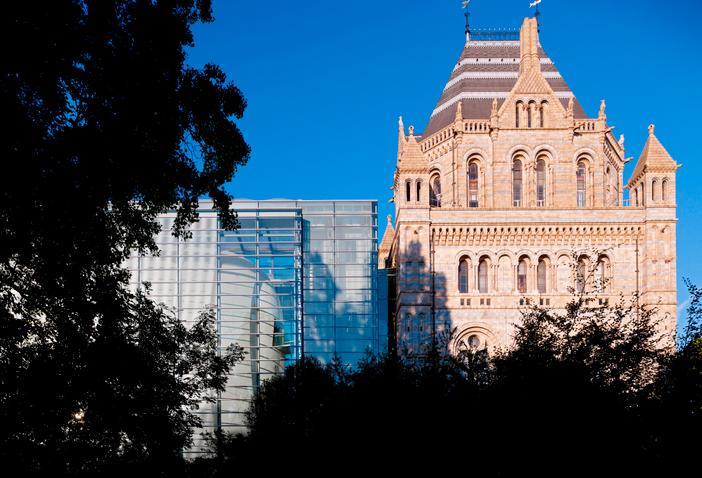The Icon: Natural History Museum London
With the sheer volume of historical and cultural venues situated along the streets of Prime Central London, it can be hard to stand out. Luckily this isn’t a problem for an institution as revered as the National History Museum. Defined by its grand Gothic architecture that pays tribute to the natural world (spot the gargoyles shaped like bats and owls), this iconic building is beloved for its collection of more than 80 million fascinating objects – some dating 4.6 billion years – from a behemoth blue whale skeleton to a remarkable moon rock. It’s little wonder the museum attracts more than five million guests a year. Here, we take a look inside its mesmerising halls and what you can expect to discover on your next visit.



Natural History Museum: A Cultural Destination
The Natural History Museum is located in South Kensington on the aptly named Exhibition Road, sharing its address with the Science Museum and the Victoria & Albert Museum. It was established in 1881 following the generous donation of exhibit materials by the physicist and scientist Sir Hans Sloane. Having travelled the world for many years and been an avid collector of natural history artefacts, he was keen to share his collection of more than 70,000 items with the general public (an essential stipulation in his will, bucking the trend at the time for exhibitions of this type and value to be the privilege of the wealthy). He aimed to expand the public’s perception of the world as they knew it at the time – a sentiment that can still be appropriately attributed to the museum today.
Spending the Day
The Natural History Museum’s collection is divided into five main categories: botany, entomology, mineralogy, palaeontology and zoology. One of the most recognisable specimens within the museum is the blue whale skeleton – also known as Hope – which was first put on display in 1938. Since 2017, Hope has been hanging in the Hintze Hall – the largest gallery within the museum – replacing the previous star attraction: a replica diplodocus skeleton fondly known as Dippy. Though not on general display, the museum also has an intact 82-foot-long squid named Archie and the remains of the River Thames Whale, a bottlenose whale that swam into London’s waters in 2006 and is now used primarily for research purposes.
There’s plenty more to marvel over too: from animal specimens (mammals, fish, amphibians, reptiles, birds) to dinosaur exhibits, displays featuring gemstones and fossils to galleries that deep dive into the evolution of the Earth. And then there’s the science section, which is home to the Darwin Centre and houses millions of preserved specimens, as well as more than 1,500 original works written by the biologist himself.
More Than a Museum
Despite having extraordinary exhibits and interactive educational elements, the Natural History Museum is so much more than ‘just’ a museum. According to the institution, its continuing vision is to use its “unique collections and unrivalled expertise to tackle the biggest challenges facing the world today.” Unsurprisingly, much of the museum’s vision is connected to combating the destructive impact humans have on the planet. It strives to instil knowledge and understanding in younger generations, developing scientific answers to solve key ecological issues and being a global leader in sustainability efforts. Ultimately, the museum's goal is to create advocates for the planet.
One of its initiatives, for instance, is the Urban Nature Project, which aims to see the development of the museum’s five-acre site into a biologically diverse, accessible and welcoming green space in the heart of London. It will include an outdoor learning space to inspire the next generations, a citizen science programme on urban biodiversity and an urban wildlife monitoring and management toolkit for amateur naturalists and volunteers alike.
